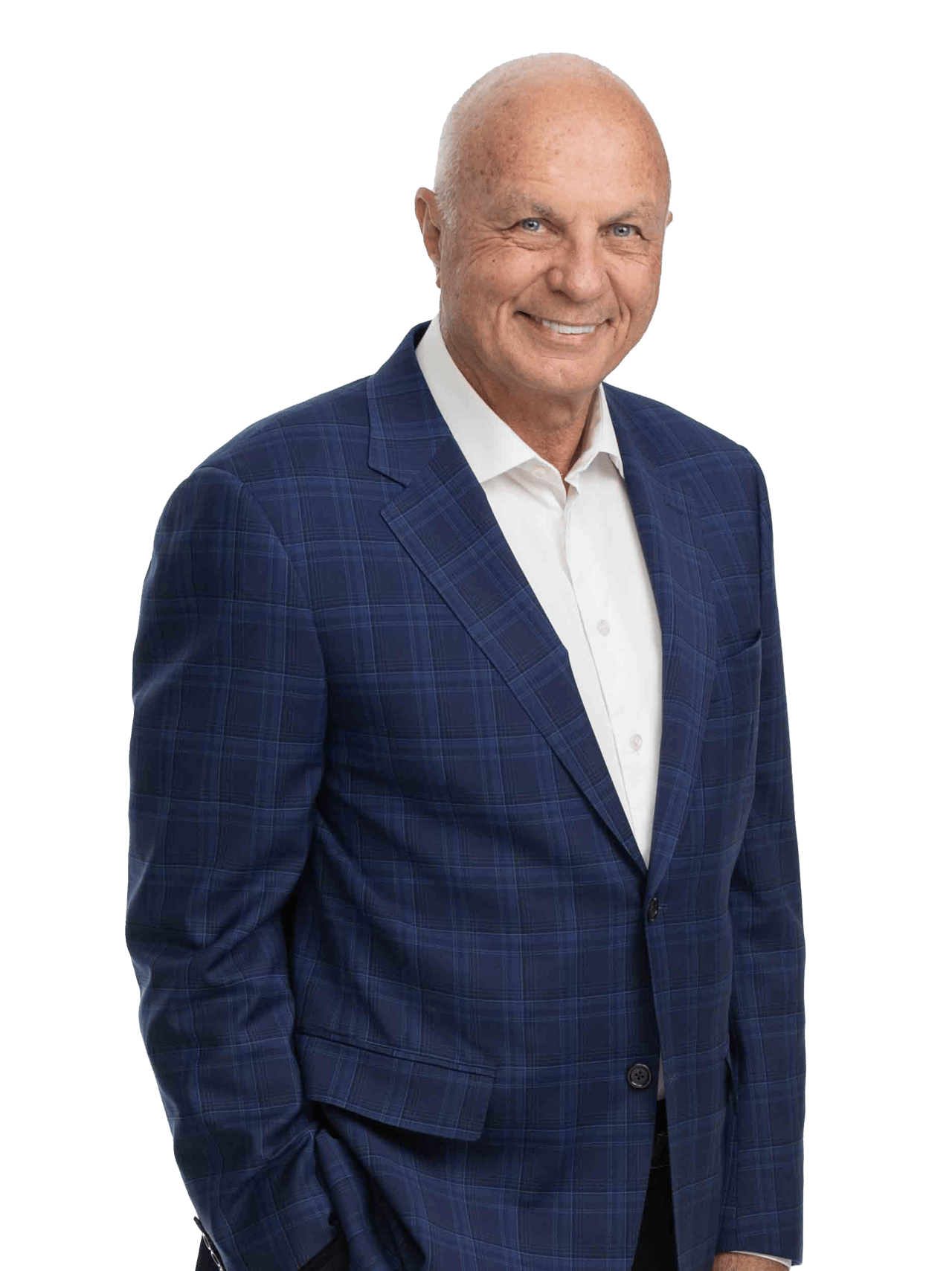For someone with disabilities, playing baseball can be nearly impossible. The field surface can be hard to walk on or use a wheelchair on, the raised bases can be obstacles, and the lines on the field can be difficult to see for someone with visual impairments. Even the rules—three strikes, and you’re out—can limit play.
The Miracle League of Arizona’s ballpark in Scottsdale makes baseball possible for people with disabilities, including autism, by replacing dirt and grass with rubberized turf and raised bases with painted ones for those in wheelchairs or who use walkers. The lines on the field are wider, and the rules have been modified, depending on the age bracket and skill level, to allow everyone the opportunity to play.
But, accessibility doesn’t end there. The facility has accessible bathrooms, private caregiver rooms, an adaptive playground, and spacious, flat dugout areas. It’s also the first and only special needs field of its kind to have adapted batting cages onsite for the players.
Officially called the Dan Haren, Jr. Miracle League of Arizona Baseball Stadium, the field honors the retired Arizona Diamondbacks pitcher, who along with his father, approached the Diamondbacks Foundation with the idea for a baseball stadium specifically designed to meet the needs of children with disabilities. It is located at Frank Lloyd Wright Boulevard and Via Linda, at the former site of Cheyenne Elementary School.
League play is divided into three categories: non-competitive, competitive, and youth competitive. Players in the non-competitive league are grouped by age and are partnered with a “buddy,” or one-on-one helper who assists and encourages them during the game. The rules are relaxed. There are no strikes or outs. Each team bats through its entire batting order, giving every player the opportunity to hit and score a run. Games generally last one hour or two innings.
Competitive play is for anyone with special needs over the age of 10. Unlike the non-competitive league, players are on their own—no buddy—and must be able to participate unassisted. There are also outs and modified strikes. After four strikes, the batter has the option to receive another soft toss or use a tee. Regardless of which he chooses, if the misses the fifth pitch, he’s out. Innings end when there are three outs or five runs scored.
The youth competitive league operates under the same rules but play is reserved for athletes ages five to 13. In all divisions, players wear helmets. Non-competitive players, though, use plastic bats while competitive players are allowed to use metal and wood bats.
For many players in the league, it’s the only opportunity they have to participate in sports, and families drive from all across the Valley for their loved ones to play here.
This is truly a place where miracles happen. The Arizona Republic reports that last year, two players who used wheelchairs, inspired by their teammates to attempt to walk on their own, borrowed walkers, and held the hands of volunteers until they finally made their way around the bases unassisted.
It's wonderful to hear so many heartwarming stories coming out of this special place in Scottsdale. It shows the warmth and community spirit in our great city is alive and well and growing by the day.

